Archives
- 2025-12
- 2025-11
- 2025-10
- 2025-09
- 2025-03
- 2025-02
- 2025-01
- 2024-12
- 2024-11
- 2024-10
- 2024-09
- 2024-08
- 2024-07
- 2024-06
- 2024-05
- 2024-04
- 2024-03
- 2024-02
- 2024-01
- 2023-12
- 2023-11
- 2023-10
- 2023-09
- 2023-08
- 2023-07
- 2023-06
- 2023-05
- 2023-04
- 2023-03
- 2023-02
- 2023-01
- 2022-12
- 2022-11
- 2022-10
- 2022-09
- 2022-08
- 2022-07
- 2022-06
- 2022-05
- 2022-04
- 2022-03
- 2022-02
- 2022-01
- 2021-12
- 2021-11
- 2021-10
- 2021-09
- 2021-08
- 2021-07
- 2021-06
- 2021-05
- 2021-04
- 2021-03
- 2021-02
- 2021-01
- 2020-12
- 2020-11
- 2020-10
- 2020-09
- 2020-08
- 2020-07
- 2020-06
- 2020-05
- 2020-04
- 2020-03
- 2020-02
- 2020-01
- 2019-12
- 2019-11
- 2019-10
- 2019-09
- 2019-08
- 2019-07
- 2019-06
- 2019-05
- 2019-04
- 2018-11
- 2018-10
- 2018-07
-
br Thy nephritis is one of the most
2020-07-08
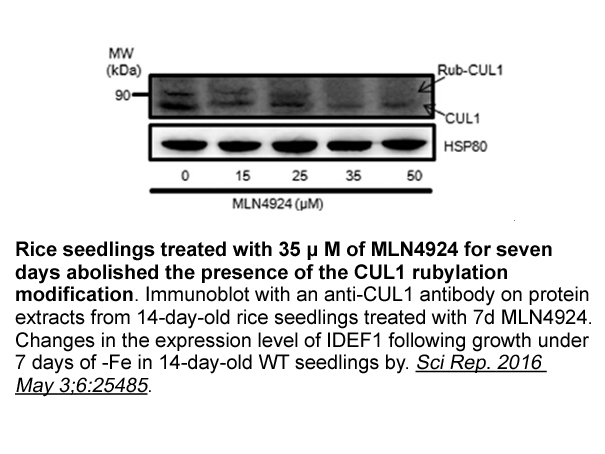
Thy1.1 nephritis is one of the most commonly used models to study the course of immunoglobulin A and other mesangioproliferative nephropathies. To date, most of the studies have focused on mesangial and, to a lesser extent, endothelial cell recovery following capillary damage, whereas data concern
-
(-)-JQ1 Some antioxidants including N acetylcysteine and SOD
2020-07-08
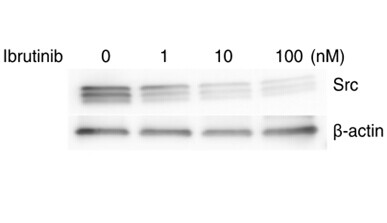
Some antioxidants, including N-acetylcysteine and SOD, have been shown to decrease collagen deposition and protect the lungs in various animal models and even in clinical trials (Chan et al., 2013, Loomis-King et al., 2013, Rafii et al., 2013, Teixeira et al., 2008, Wang et al., 2013). Bleomycin-ind
-
IAA sensitive Cl channels were
2020-07-07
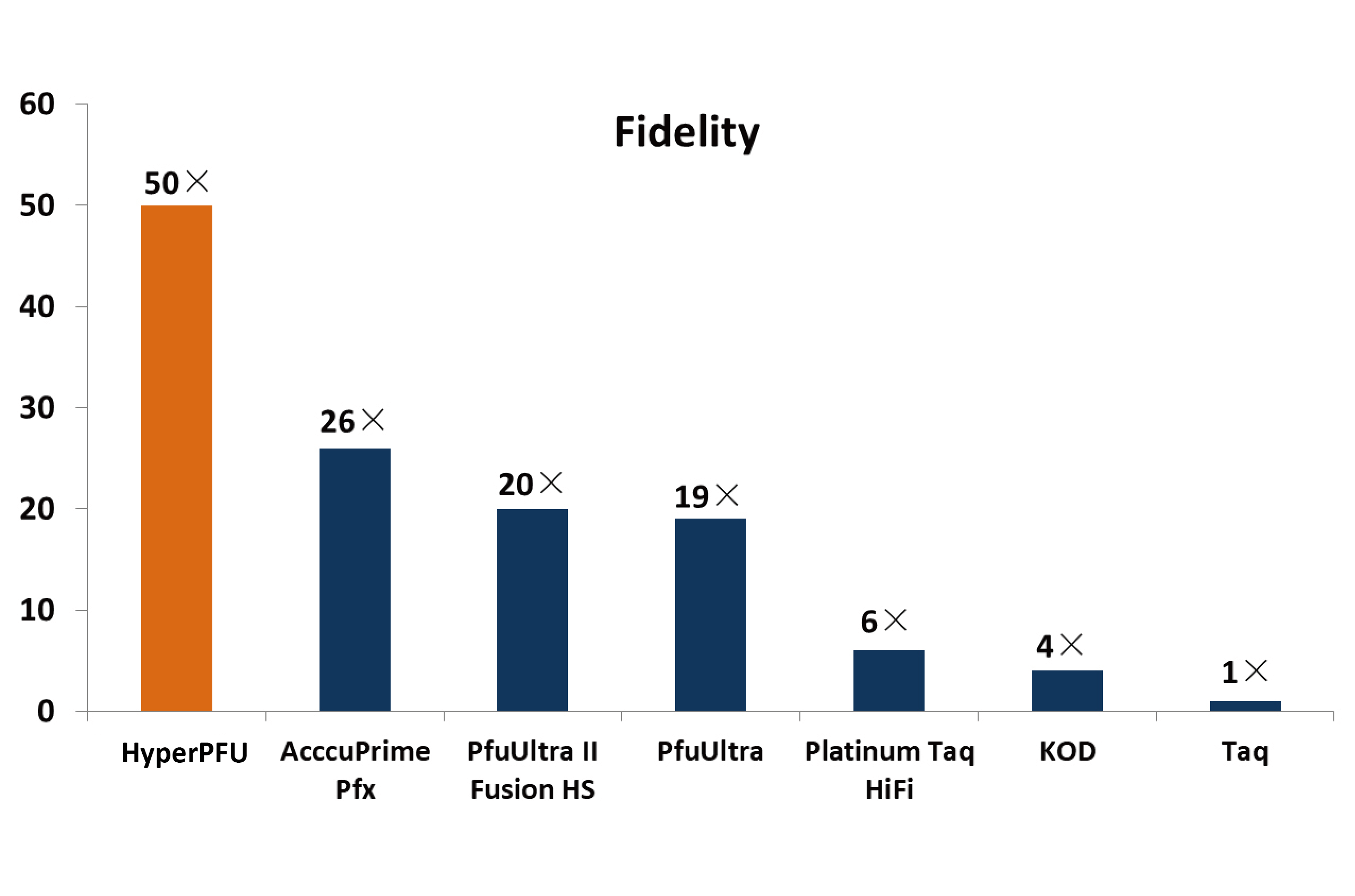
IAA-94-sensitive Cl channels were shown to mediate cardioprotection due to IPC (Diaz et al., 1999) and cyclosporine A (Diaz et al., 2013). CLIC-like channel activity was also observed in cardiac mitoplast (Misak et al., 2013) but the molecular identity of these intracellular Cl channels and their pr
-
Related with the studies by Zizza
2020-07-07
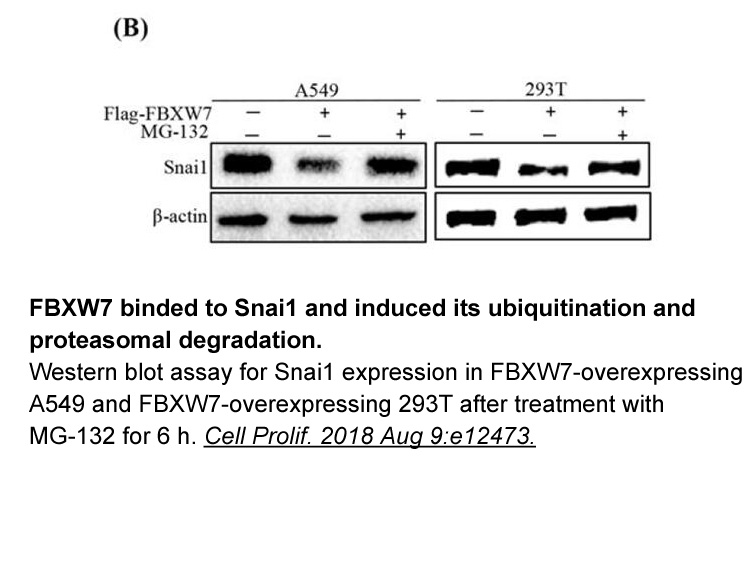
Related with the studies by Zizza et al. described above [66], work by Ward et al. [68] suggested that the C2 domain of cPLA2α, which binds to zwitterionic membranes with high affinity in a Ca2+-dependent manner, has a high membrane remodeling activity, producing dramatic changes in membrane curvatu
-
The results described in the
2020-07-07
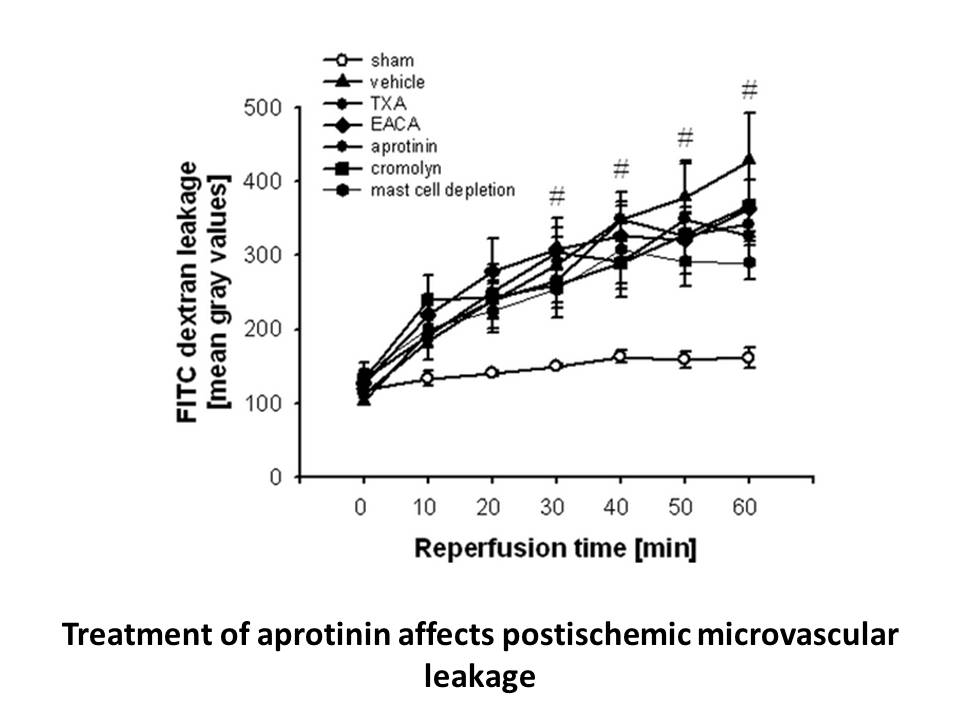
The results described in the present study confirm key restrictions on reaction conditions which must considered to maximize reactor productivity. Increased viscosity should be avoided for the amination of ketones by L-AmDH, as a 4-fold increase in viscosity can lower the reaction rate by as much as
-
The IL family consists of nine
2020-07-07
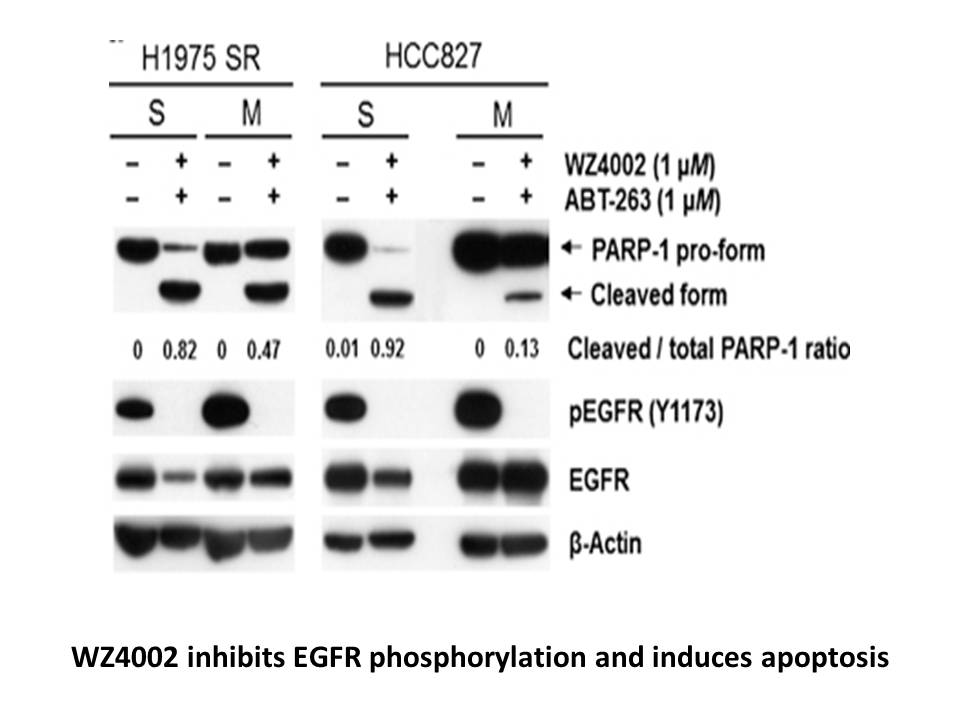
The IL-10 family consists of nine related molecules: IL-10, IL-19, IL-20, IL-22, IL-24, IL-26, IL-28α, IL-28β, and IL-29 [34]. These molecules have a somewhat conserved primary structure and contain a core of hydrophobic MG262 receptor and two pairs of disulfide bonds in the chain, giving them a si
-
The associations between genetic factors and socio
2020-07-06
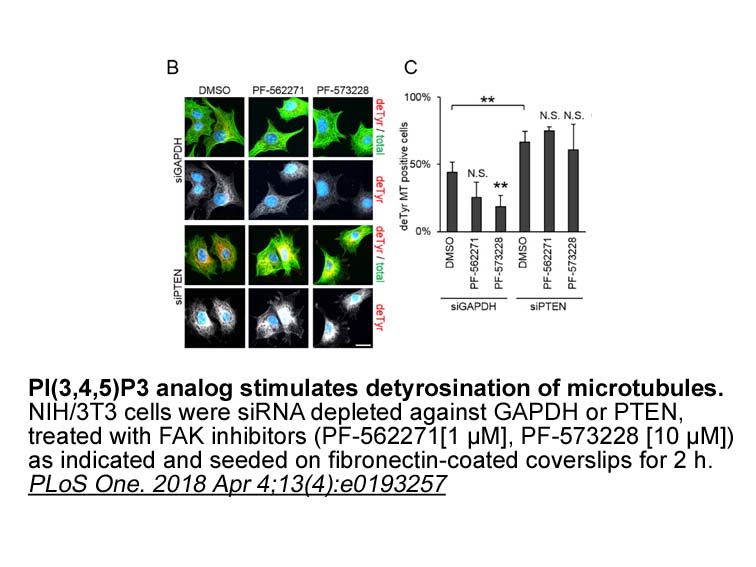
The associations between genetic factors and socio-emotional functioning are complex and almost certainly not direct. They are mediated through a variety of developmental processes including individual differences in personality traits (Davis and Loxton, 2013, Saphire-Bernstein et al., 2011). For th
-
Impulsive burying and freezing behaviors in response to aver
2020-07-06
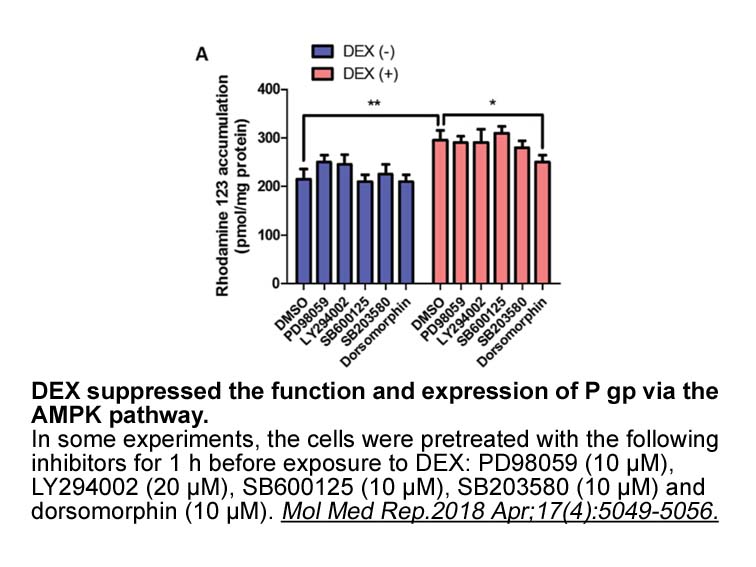
Impulsive burying and freezing behaviors in response to aversive stimuli may represent attempts to avoid novel and/or aversive stimuli. These behaviors can be assessed utilizing the marble burying and conditioned fear tasks, respectively. For example, Wistar rats in proestrus and ovariectomized rats
-
Which other approaches can complement signaling optogenetics
2020-07-06
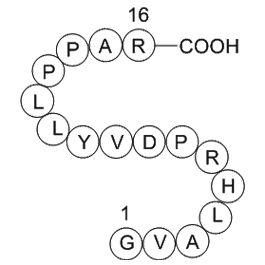
Which other approaches can complement signaling optogenetics to paint a more complete picture of developmental Erk signaling? For now, the authors have dynamically manipulated Erk signaling but measured the Erk output at steady-state using classic immunofluorescence techniques (Johnson and Toettcher
-
The two isoforms LDH A and LDH B
2020-07-06
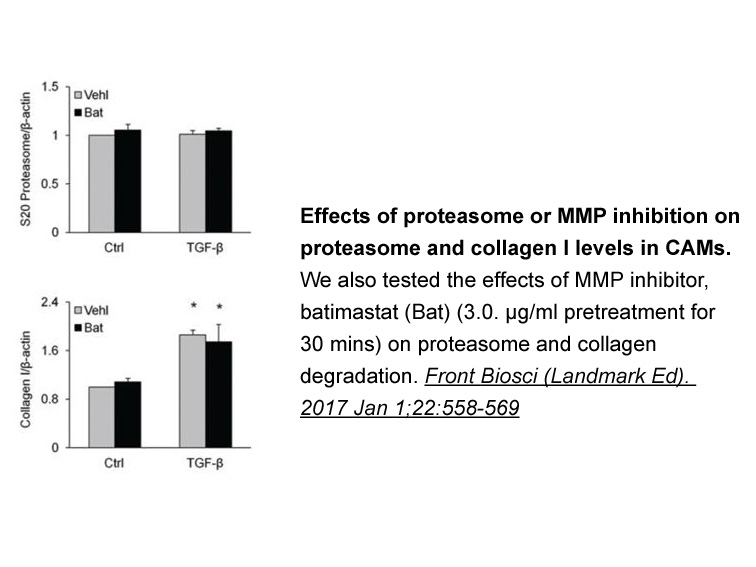
The two isoforms LDH-A and LDH-B catalyze the same reaction, conversion of pyruvate to lactate at the end of glycolysis. LDH-A is expressed in the liver. Humans with a hereditary deficiency of the A or B LDH isoforms are free of symptoms, except for muscle rigidity and myoglobinuria following strenu
-
The importance of G S phase progression to
2020-07-06
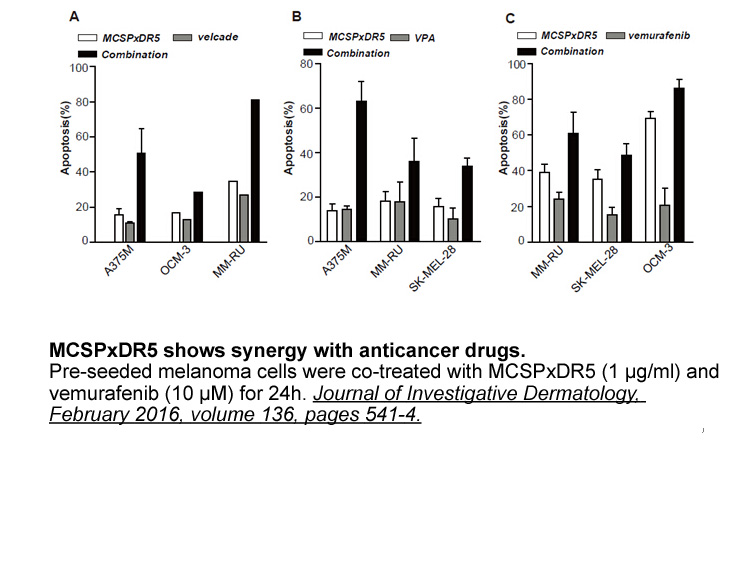
The importance of G1–S phase progression to the formation of malignant tumors has been highlighted by the high incidence of aberrations in the genes involved in this progression in a wide variety of tumors. p27Kip1 is a member of the Cip/Kip family of cyclin-dependent kinase inhibitors (CKI). Its ro
-
Finally considering the encouraging inhibitory and selectivi
2020-07-06
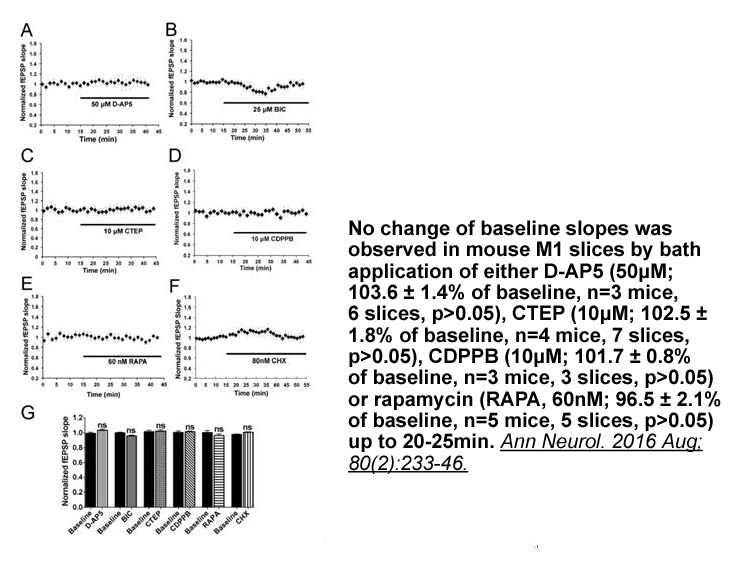
Finally, considering the encouraging inhibitory and selectivity properties of compound and against isolated CK1δ, we have also acquired a very preliminary cytotoxicity profile on human ovarian carcinoma cell line (2008) and on its cisplatin-resistant clone (C13). Results showed that after 48h of exp
-
RCT pathway plays a critical role in the
2020-07-06
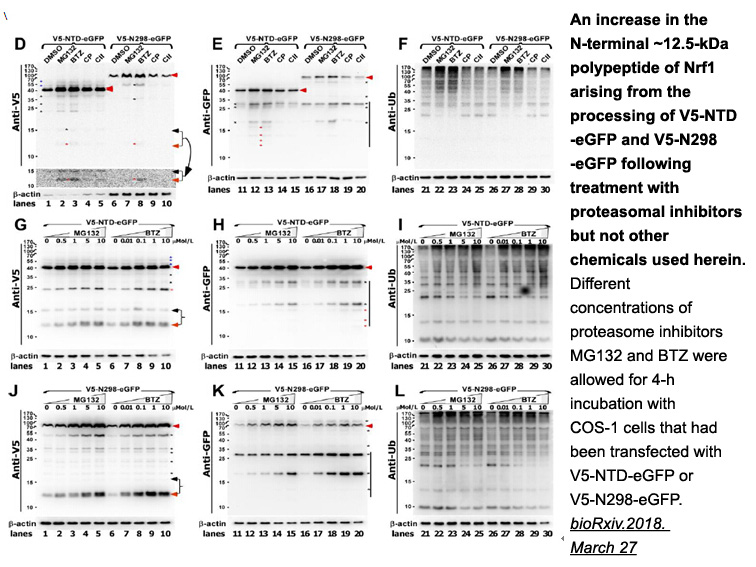
RCT pathway plays a critical role in the maintenance of cholesterol homeostasis by facilitating the cholesterol clearance and cholesterol efflux (Levinson & Wagner, 2015). In the process of RCT, ABCA1 and ABCG1 played as crucial regulators in cholesterol efflux (Yasuda et al., 2011). Compared with h
-
The work described by Dong Groves and co
2020-07-03
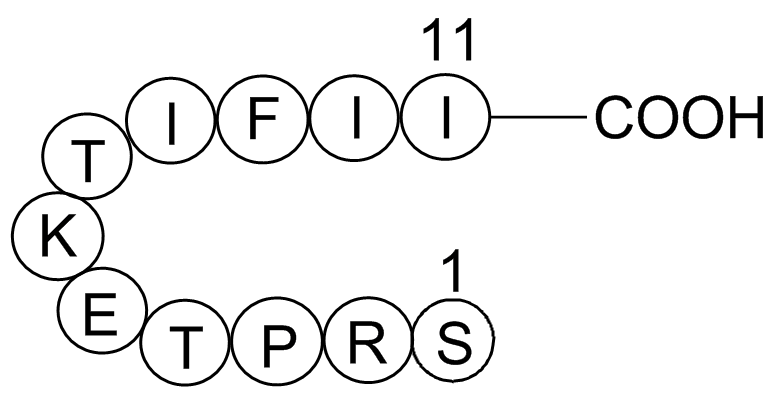
The work described by Dong, Groves, and co-workers (11) tested the hypothesis that neural stem cell development is sensitive to the clustering and mechanical state of the EphB4:ephrin-B2 receptor-ligand complex. They show that the quality of ephrin-B2-ligand signaling depends on its biophysical stat
-
L-817,818 br Materials and methods br Results br
2020-07-03
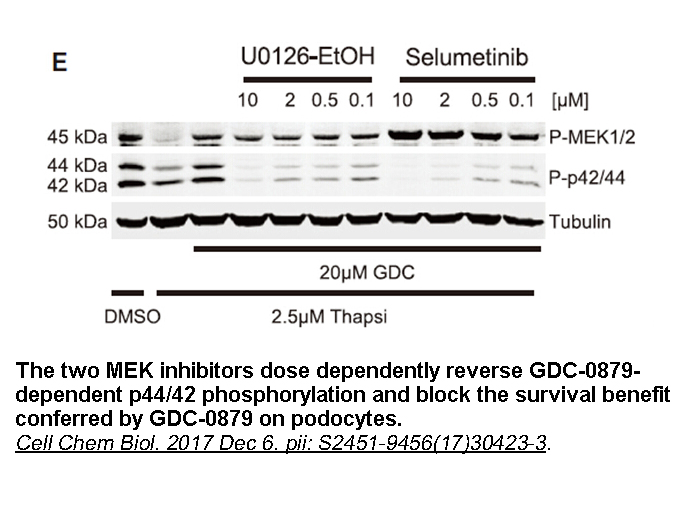
Materials and methods Results Discussion In rodent species, CYP2E1 and CYP2B have been implicated in CCl4 metabolism. In this study, we used expressed human CYP2E1 to show that this enzyme is a high-affinity catalyst responsible for low-dose CCl4 metabolism. Studies employing an inhibitory
16426 records 835/1096 page Previous Next First page 上5页 831832833834835 下5页 Last page